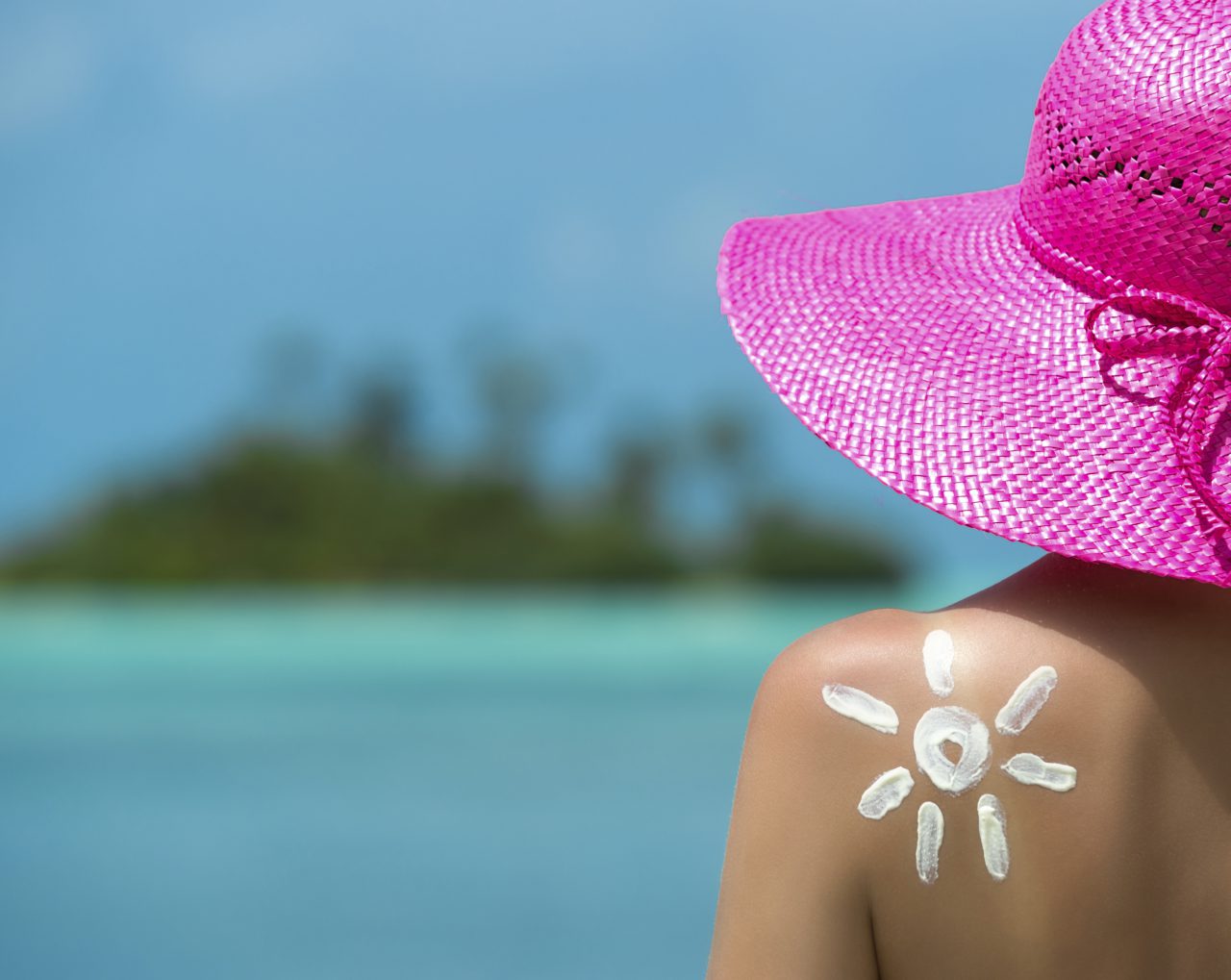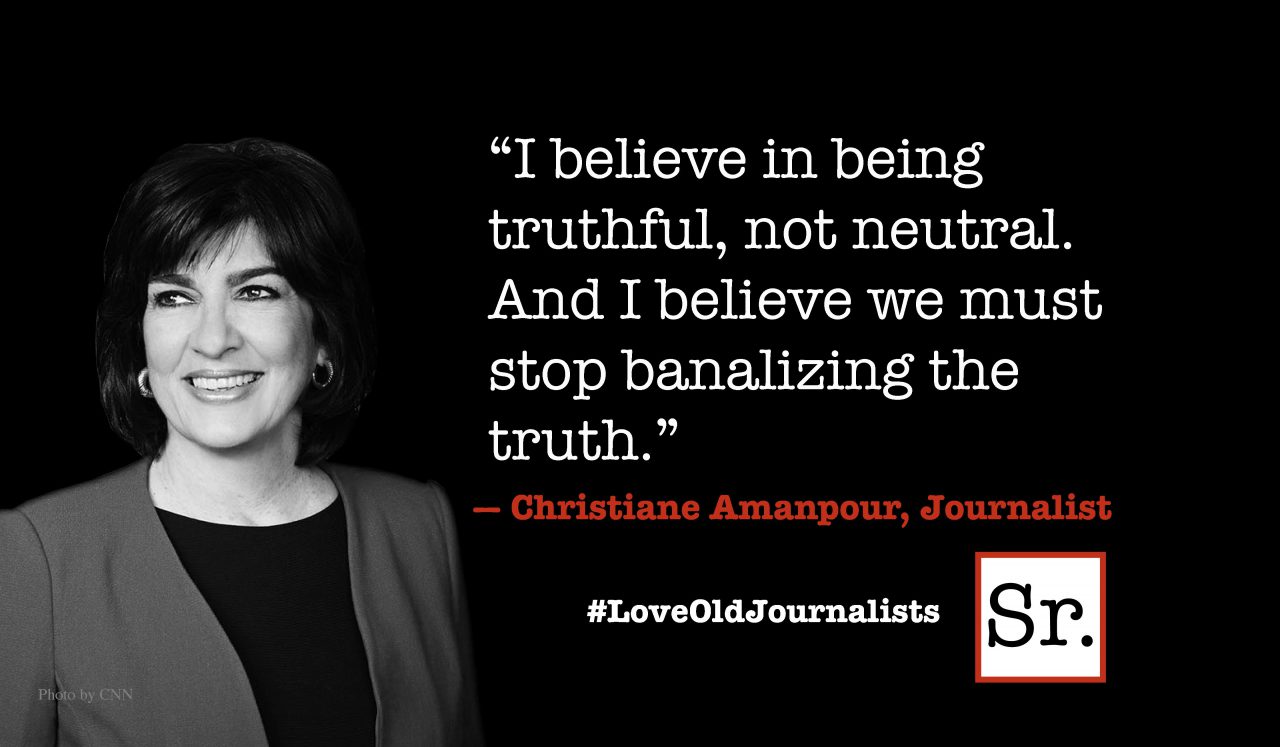This is the second installment in a two-part series about the benefits of sun exposure:
As I discussed in the part one of this series, sunlight increases the body’s vitamin D supply. In seniors, vitamin D protects against osteoporosis, a disorder in which the bones become increasingly brittle. Vitamin D also protects against cancer, heart disease and other maladies.
But there are other benefits a daily dose of sunlight.
Seasonal affective disorder (SAD) is a form of depression that affects people when they don't get enough sunlight. Remember the John Denver lyrics, "Sunshine on my shoulders makes me happy … Sunshine almost always makes me high?" Psychiatrists often recommend that if you are depressed, you should spend a half hour a day in the sun.
Melatonin is a hormone produced at night that makes you sleepy. Sunlight cuts off the production of melatonin in your body and helps you to feel tired when you should be — at bedtime. Getting about 15 minutes of sunlight every morning tells your body it’s no longer night. So, sunlight is a sleep aid.
Exposure to sun appears to suppress an overactive immune system. This might explain why sunlight may help with autoimmune diseases such as psoriasis and lupus. One study also suggests it might help alleviate asthma.
A study published in the Journal of the American Medical Association showed that Alzheimer's patients exposed to sunlight got better scores on a mental exam and had fewer symptoms of depression than patients exposed to dim light.
Some scientists are concerned that there is too much emphasis on preventing skin cancers and not enough on the danger of more life-threatening cancers, such as lung, colon and breast cancers affected by insufficient sunlight.
Many studies have shown that cancer-related death rates decline as you move toward lower latitudes. “As you head from north to south, you may find perhaps two or three extra deaths (per hundred thousand people} from skin cancer,” says Reinhold Vieth, a nutrition professor at the University of Toronto. “At the same time, though, you’ll find 30 or 40 fewer deaths for the other major cancers. So, when you estimate the number of deaths likely to be attributable to UV light or vitamin D, it does is not appear to be the best policy to advise people to simply keep out of the sun just to prevent skin cancer.”
A recent study published in the Archives of Internal Medicine showed that those with the lowest vitamin D levels have more than double the risk of dying from heart disease and other causes over an eight-year period compared with those with the highest vitamin D levels.
So, how much sun do you need? The government's dietary recommendations are 200 international units (IUs) a day up to age 50, 400 IUs to age 70, and 600 IUs over 70. But many experts believe that these recommendations are far too low to maintain healthful vitamin D levels. They recommend consuming 4,000 IUs of vitamin D3 without sun exposure or 2,000 IUs plus 12 to 15 minutes of midday sun.









